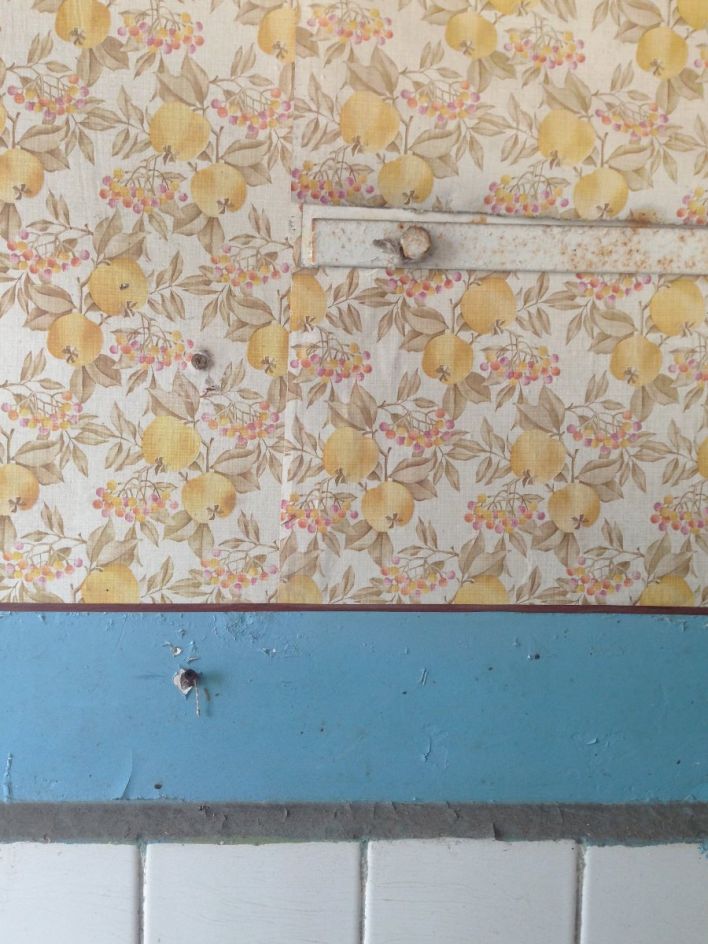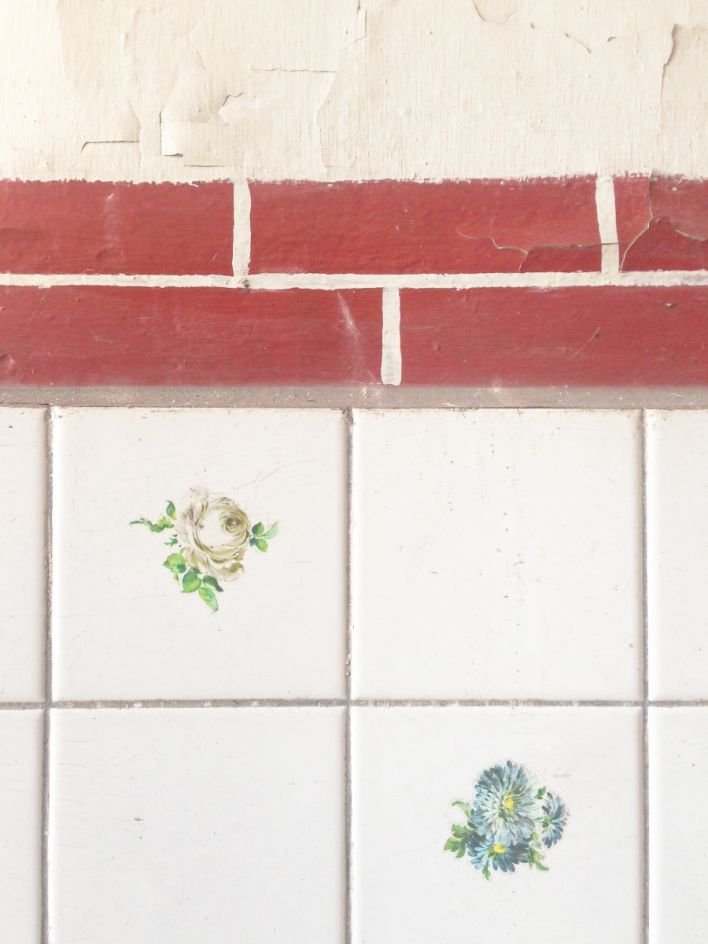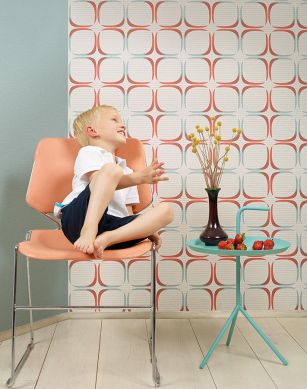The present doesn't live here any more. It moved out with the former inhabitants. Lost without a trace. And with them moved the fleeting time. It seems to simply have stopped here, right in the middle of an historic system change. What is left are fragments of memories on the walls - the only relics from the past that hint at the history of this house and those that dwelt within it.
Ghost towns are often associated with regions of economic decay: The boom is over, the crowd moves on. Somewhere in the Wild West, after the gold rush or after the only source in the desert has run dry, after the mine has been exploited or at the end of the industrial age. But ideology leaves its marks, too. You don't even have to travel far to bear witness to this fact. There are abandoned places everywhere, even right outside your door.

This is at the very heart of a series of stunning photographs by two Italians living in Berlin: Elena Amabili and Alessandro Calvaresi. In the last two years, the photographers travelled widely throughout what used to be the "Eastern Bloc", gaining access to abandoned plots of land and buildings, documenting their crumbling interiors in order to save them from oblivion. But they found their subjects not just in remote areas of Russia and the former Soviet states, but also around their adopted home city of Berlin.

Former barracks town Krampnitz, north of Potsdam, is one of the places where they discovered rich bounty for their project. In its 80-year history, the 120-hectare terrain and its buildings went through a plethora of different incarnations: once a showcase barracks of the Nazis, it was re-purposed as a Soviet military base; after they had withdrawn, nature reclaimed the areal and a biotope developed; then it was used as a backdrop for Hollywood movies - and now it is a large housing construction project for the city of Potsdam. The photos are a rich source for interpretation. Room for some detective work...

A possible scenario: four rooms. Four people. A Soviet family in the 50s or 60s. The father a sergeant, a one-time front fighter, a patriot in the employ of the army. The mother a cook in the compound canteen. Both children bound for the army. Set to follow in their father's footsteps. This wasn't his decision alone. One's destiny wasn't in one's own hands in this place.

A few years after the war ended, he was transferred to another base, along with his family. Suddenly, the future seemed much brighter than in the Soviet Union. The wallpaper in the children's room, however, was to remind them of their old country: abstract geometric Soviet architecture in bright colours, reminiscent of the towers of the Kremlin. In comparison, the wallpapers in the bedroom and lounge were fairly subdued and drab: flowers, fruit, foliage. Classic GDR designs. One made use of whatever was available, and the rest was decorated by hand - like the strawberry border, the flower stickers, or the painted bricks. Very amateurish, but not without a certain charm.

The overall picture: Anything but homogeneous or coherent. It seems like many different hands have decorated this place. Whether this was due to a lack of opportunity or simply a result of necessity is anyone's guess. Today, it would probably be called "the Patchwork Principle" - which almost lends it a contemporary air.
Krampnitz - a mysterious place with many hidden histories that has somehow survived the changing times. The walls provide the only hints as to its many lives. Here, the absent is still present, and the past is contemporary. From a time when it was still possible to stop the time. Until the next transformation...
Text: szim






